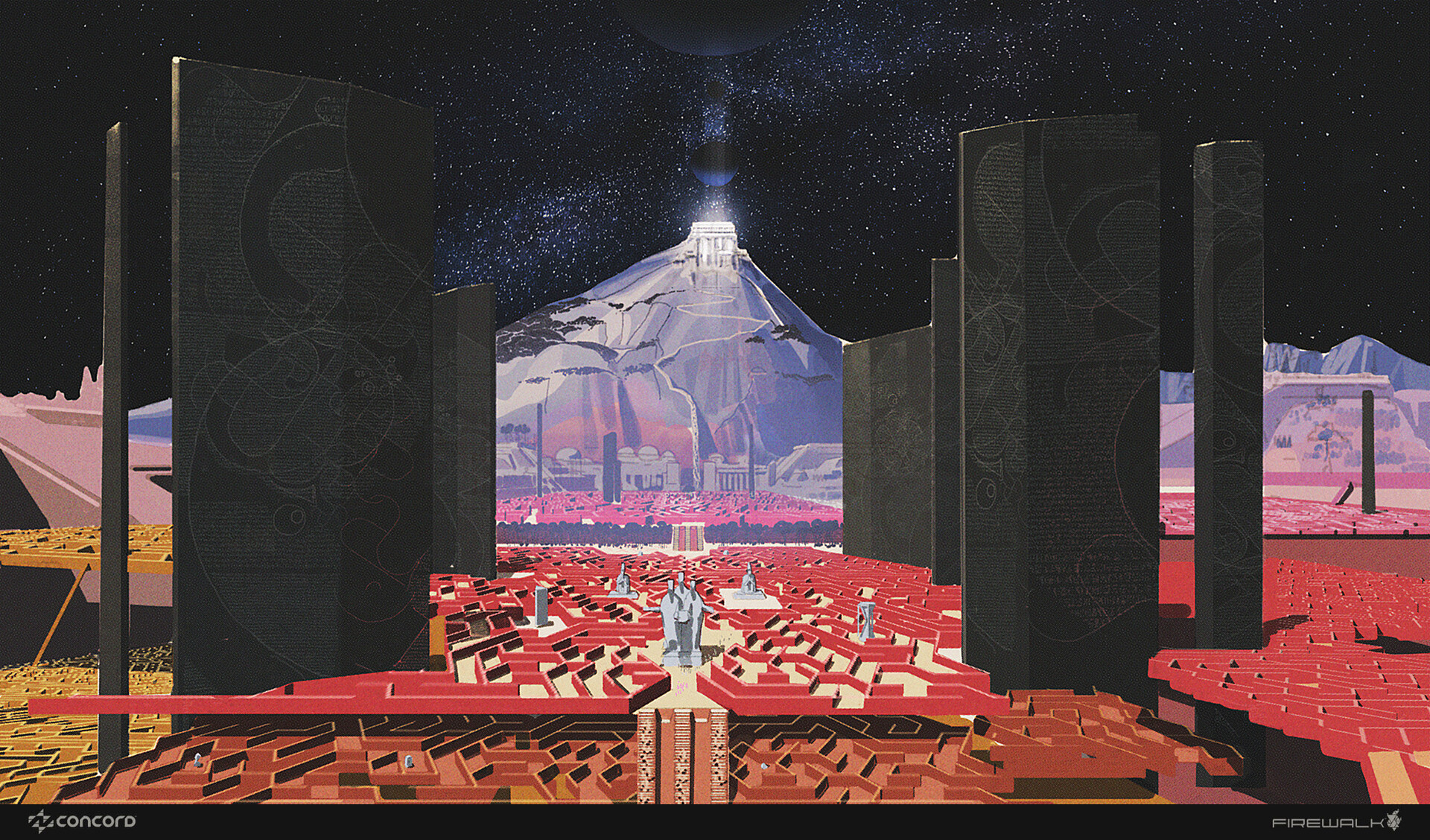Double Negative's Paul Franklin on his unlikely inspiration
Paul Franklin reveals why The Thief of Bagdad had such a big impact on him.
"I don't remember the first time I saw The Thief of Bagdad: it was just one of those things that always seemed to be on TV on Saturday mornings in the '70s. The first time it really hung together for me was when I was ten: I happened to be watching it with my mother, who remembered it from its original release, and told me what a big event it had been at the time.
At art school, and throughout my later life, the movie became a recurring theme. As I learned more about film making, I began to realise how influential it had been. There are shots in the film echoed by Close Encounters of the Third Kind and the Shelob sequence in Return of the King, while Disney's Aladdin seems to be lifted from it wholesale, right down to the colour palette.
One of the artists on the project was the great Wally Veevers who, towards the end of his career, worked with Kubrick on 2001. When I found that out, it reinforced my conviction that the film was important; that it formed a direct line to the movie that marked the birth of the modern visual effects industry.
Early bluescreen
As well as puppetry and miniature work, I think it was the first use of bluescreen in the film industry: you can see blue fringes around objects in some of the shots, particularly in the scene where Jaffar, the evil vizier, takes control of the mechanical horse that allows him to fly. Even today, with all our technological advances, it would be ambitious, and all these guys had was an optical printer. There was no such thing as motion control - it must simply have been a question of trial and error to get the different passes to lock up.
I'm sitting here in a facility loaded down with RenderMan and all the modern tools - the same tools that are used in every other studio around the world - and it's a real struggle to assert your personality over the technology. Optical effects had a kind of individual character that came from using slightly different gels, slightly different lenses, and it gives them a degree of complexity and richness that's hard to achieve digitally.
Software these days gives you so much, so quickly, that people get lazy: they don't investigate other ways of doing things. Many young animators could learn a lot from The Thief of Bagdad about what makes a film work, and it's not simply slavish attention to reality, or to the physics of how a genie would fly.
Power of story
Ultimately, the film exists because visual effects allowed its creators to tell a story, not so that they could become the story themselves. It's a great lesson in how effects can join with set design, lighting and a score to create a seamless, consistent fantasy world. The Thief of Bagdad isn't the greatest film ever made - some of the acting is very much of its time - but it is my favourite. If I could remake it today, I wouldn't change a thing about it."
This interview originally appeared in 3D World magazine

Thank you for reading 5 articles this month* Join now for unlimited access
Enjoy your first month for just £1 / $1 / €1
*Read 5 free articles per month without a subscription

Join now for unlimited access
Try first month for just £1 / $1 / €1
Get the Creative Bloq Newsletter
Daily design news, reviews, how-tos and more, as picked by the editors.

The Creative Bloq team is made up of a group of art and design enthusiasts, and has changed and evolved since Creative Bloq began back in 2012. The current website team consists of eight full-time members of staff: Editor Georgia Coggan, Deputy Editor Rosie Hilder, Ecommerce Editor Beren Neale, Senior News Editor Daniel Piper, Editor, Digital Art and 3D Ian Dean, Tech Reviews Editor Erlingur Einarsson, Ecommerce Writer Beth Nicholls and Staff Writer Natalie Fear, as well as a roster of freelancers from around the world. The ImagineFX magazine team also pitch in, ensuring that content from leading digital art publication ImagineFX is represented on Creative Bloq.
